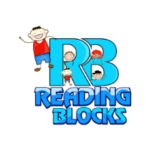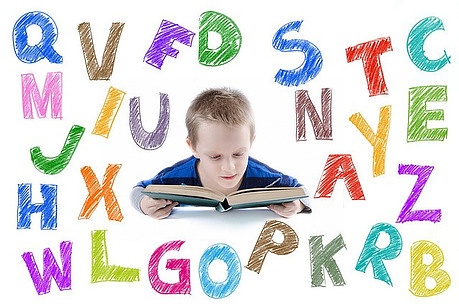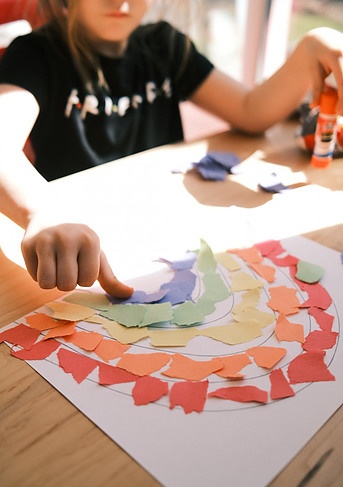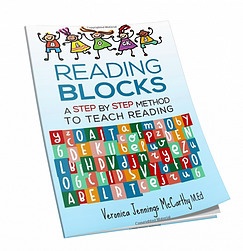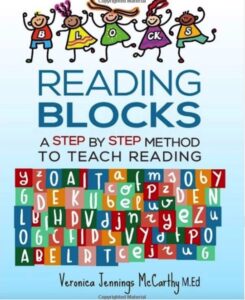 You CAN teach your child to read. This is one of the most rewarding gifts you can give your child and it’s a gift that lasts a lifetime!
You CAN teach your child to read. This is one of the most rewarding gifts you can give your child and it’s a gift that lasts a lifetime!
Here are my 6 secret tips to teach your child to read starting today. These tips might seem unimportant but don’t let their simplicity fool you. These are based on many years of instruction and brain research and they work!
1. Begin teaching using only 5 sounds/letters.
Begin teaching using only 5 sounds/letters. Pick 4 consonant sounds and 1 vowel sound. Every word has at least 1 vowel so you must pick 1 vowel to start. Most people believe the child needs to know all 26 letters of the alphabet before they learn to read. This is false. You can build neural pathways in the brain for reading using only a couple of letters and sounds. This is especially important with struggling readers. The letters and sounds of the alphabet can sound very similar which causes confusion. Keeping the number down to 5 makes the initial tasks of learning to read more achievable and less stressful for everyone. This component of potential confusion brings me to my second tip.
2. Make sure each of the 5 initial sounds in your lesson are made in different areas of the mouth.
Make sure each of the 5 initial sounds in your lesson are made in different areas of the mouth. This will give distinct neural pathways in the brain which will make it easier for the reader to retrieve (remember) the information. For example, make the sound for the letter b and the letter p. Notice how similar they are in sound and in mouth movement. This is difficult to tell the difference which makes it difficult to remember. You do not want this confusion, especially in the beginning of your lessons. Now notice how you make the sounds for m and t. See the difference? The Reading Blocks reading program chooses the sounds of: a, p, m, t, s to begin teaching. These sounds were very strategically chosen for the sound they make and the location of the sound in the mouth as well as the lip movement of each sound. All of this information will be stored in the brain and will aid the reader in remembering the sound. This is a major key to successfully learning how to read. Struggling readers need all the extra help for making the correct neural pathways in the brain for learning to read. You can read more about the Reading Blocks reading program here.
3. Use Multi-sensory methods when teaching reading to build strong neural pathways.
Use Multi-sensory methods when teaching reading to build strong neural pathways. A multi-sensory method will use more than one sensory pathway. For example, using the fingertip to trace over a bumpy plastic letter while saying the sound out loud is using 2 sensory pathways. The information is going into the brain via the sense of touch and the sense of hearing as well as the mouth movement and finger movement. All of the that information will be stored in the brain for that sound which will give the reader a bigger block of information to grab on to for retrieval purposes. The Reading Blocks reading program gives many multi-sensory method ideas to use while teaching reading which can be found here.
4. Give the reader choices.
Give the reader choices. This sounds so irrelevant but this action actually creates a mental “buy in”. The reader becomes more attached to the process and the outcome when they believe they are an important part of the process. Some choices can include what color folder or card stock they want, do they want to write first or read first, which mini reader to read (after they have mastered more than one mini reader, etc. There are countless ways that you can add a choice into your reading lessons and more examples can be found here.
5. The length of the lesson is very important.
The length of the lesson is very important. Match the length of the lesson to the individuality of the learner. One child might be done after 10 minutes and another is still raring to go after an hour. You won’t be very effective if you force the reader to continue even though they have mentally checked out already. Watch their body language, level of interest, level of responding and a host of other cues. Trust me, you know when the reader is done! You want your reading lesson to be fun and as stress free as possible. The neurons in the brain misfire when there is stress involved so you want this to be a happy and fun lesson to keep the learning at the highest level possible. Which brings me to the 6th and very important tip.
6. Positive Reinforcement Only!
Positive Reinforcement Only! First, make sure the reader knows that they are very smart. This is especially important to a struggling reader who does NOT believe they are smart. They must KNOW they are smart so they will aspire to reach their full potential. I make sure the child knows this from the very first lesson and I reinforce this message as often as I can. Next, only use positive reinforcement. Do not threaten to take something away if they don’t do something or learn something. A child will work way harder for a prize than to avoid a negative whatever. The treasure chest of prizes works miracles in the learning process.
Conclusion
Use these tips in your next reading lesson and see for yourself. All these little adjustments can help you to make the most out of every reading lesson.
Here’s a great article for an in depth look at early literacy skills.
Better yet, buy the Reading Blocks Reading Program HERE and take all the guesswork out of teaching your child to read today!
